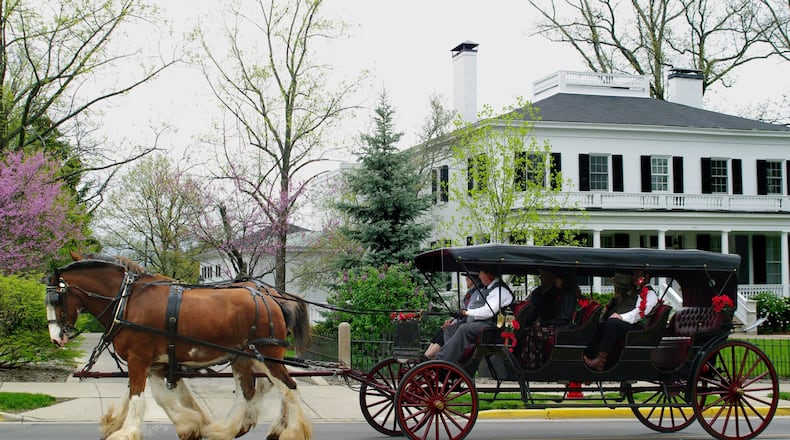“We seek guidance on developing the next historic district in Oxford,” Skoglind said. “The group canvassed the entire Oxford area and came up with a list of over 100 candidate houses. We struggled with what to do next. The Uptown area is confined but there is uncertainty. What do we do next? We would all go out and look at houses and all came back, ‘Yep, they’re all important.’”
The three existing historic districts are the Uptown business area, a University district and Western (campus) district.
Skoglind said the annual tour of historic homes held in May has been a learning experience of looking at various neighborhoods and seeing the significance of specific homes as well as the general area to the history of the community.
He said those spring tours focus on a different area each year and look at specific homes within the neighborhood but also how they fit in the neighborhood.
He said the HAPC is proposing a pilot approach to the question, choosing a neighborhood and using resources such as the Smith Library of Regional History to research houses in that area and tie them into the overall historical picture of that neighborhood.
He said identifying and researching specific historic homes could lead to an inventory such as the HAPC created for the Uptown district which defines the significance of specific buildings. That could lead to some sort of historic marker program.
“We would look at using plaques. Look for a designation meaningful, yet less restrictive to the property owner,” he said.
Skoglind said they wanted to propose the pilot area plan to test the method, engaging all available resources to research the history of the proposed area and its significance to the community, state and nation. That would include incorporating buildings no longer in existence from that neighborhood. He said they would hope to incorporate plaques and other media to describe the historical significance of the designated area and identify both historical and architecturally significant sites.
The benefits, he said, would be a better idea of the historical aspects and contributions to Oxford, acceptance by property owners and an extension of the existing array of historic tours.
Council member Chantel Raghu agreed with the idea, but encouraged those working with the project to keep in mind the people who lived on the land before it became Oxford and to include investigation of the indigenous people’s significance on the area.
Council member Glenn Ellerbe also supported the idea of a pilot area and making the history more available.
“I am in favor of it. I like walking by property and learning about its significance,” he said.
About the Author
